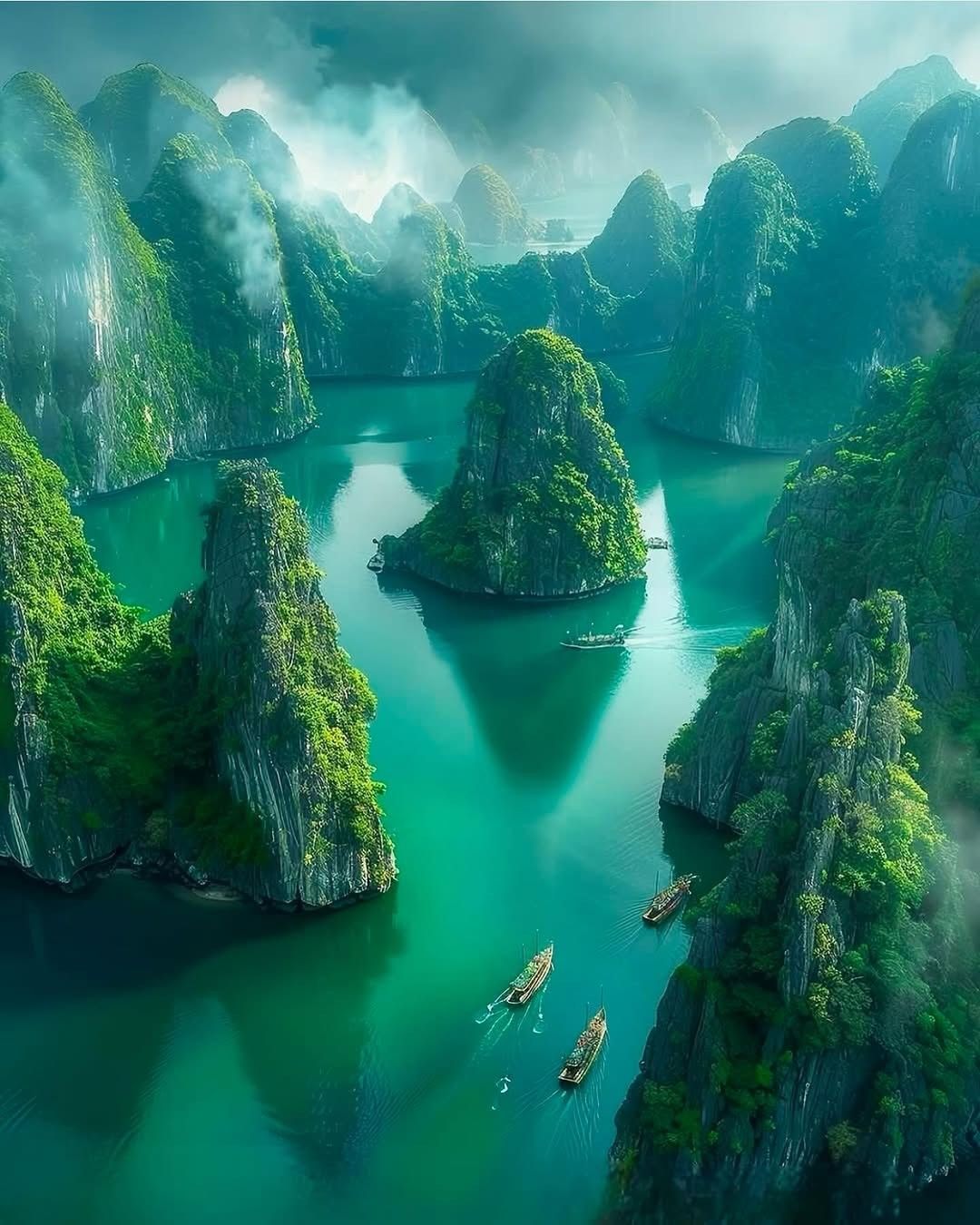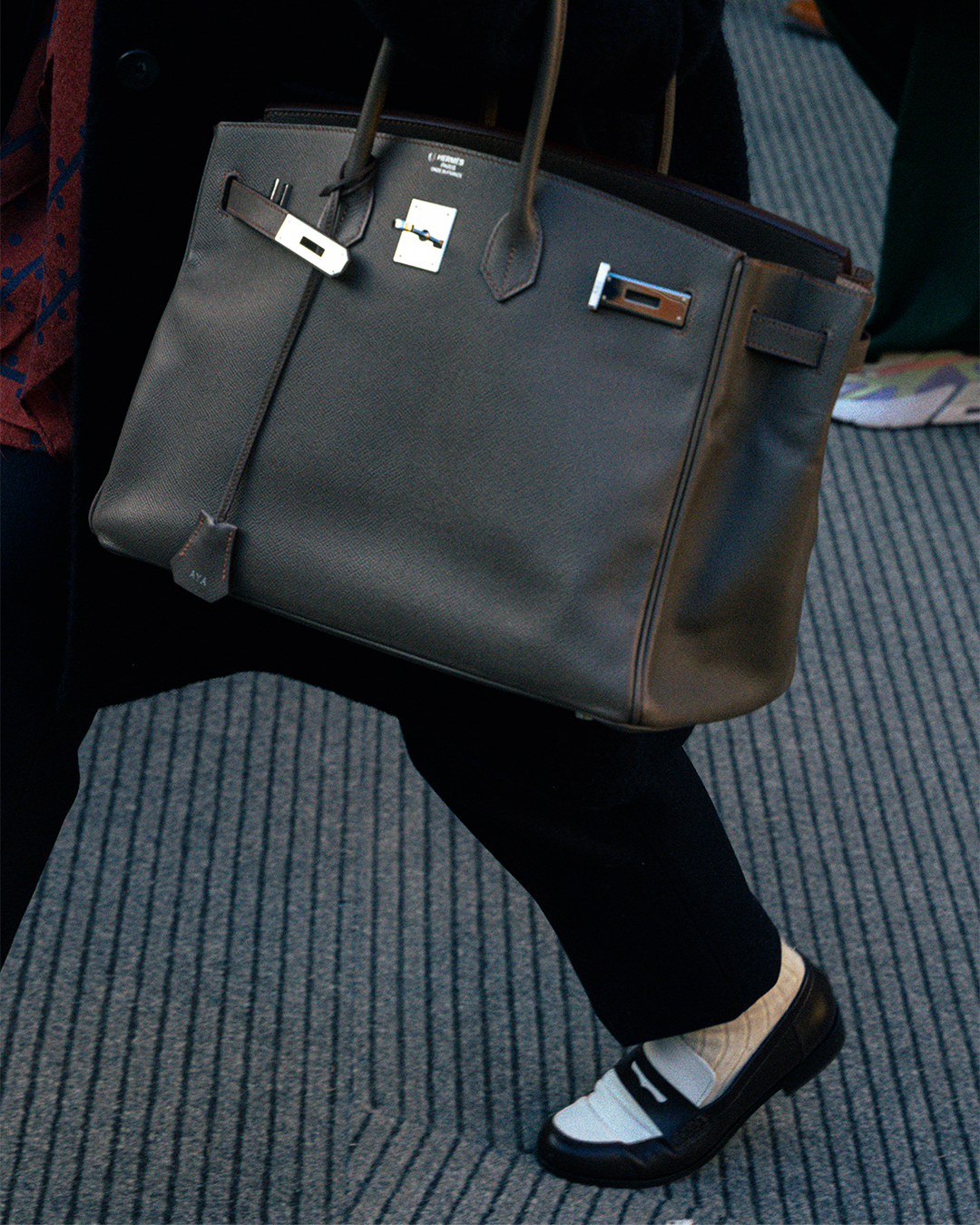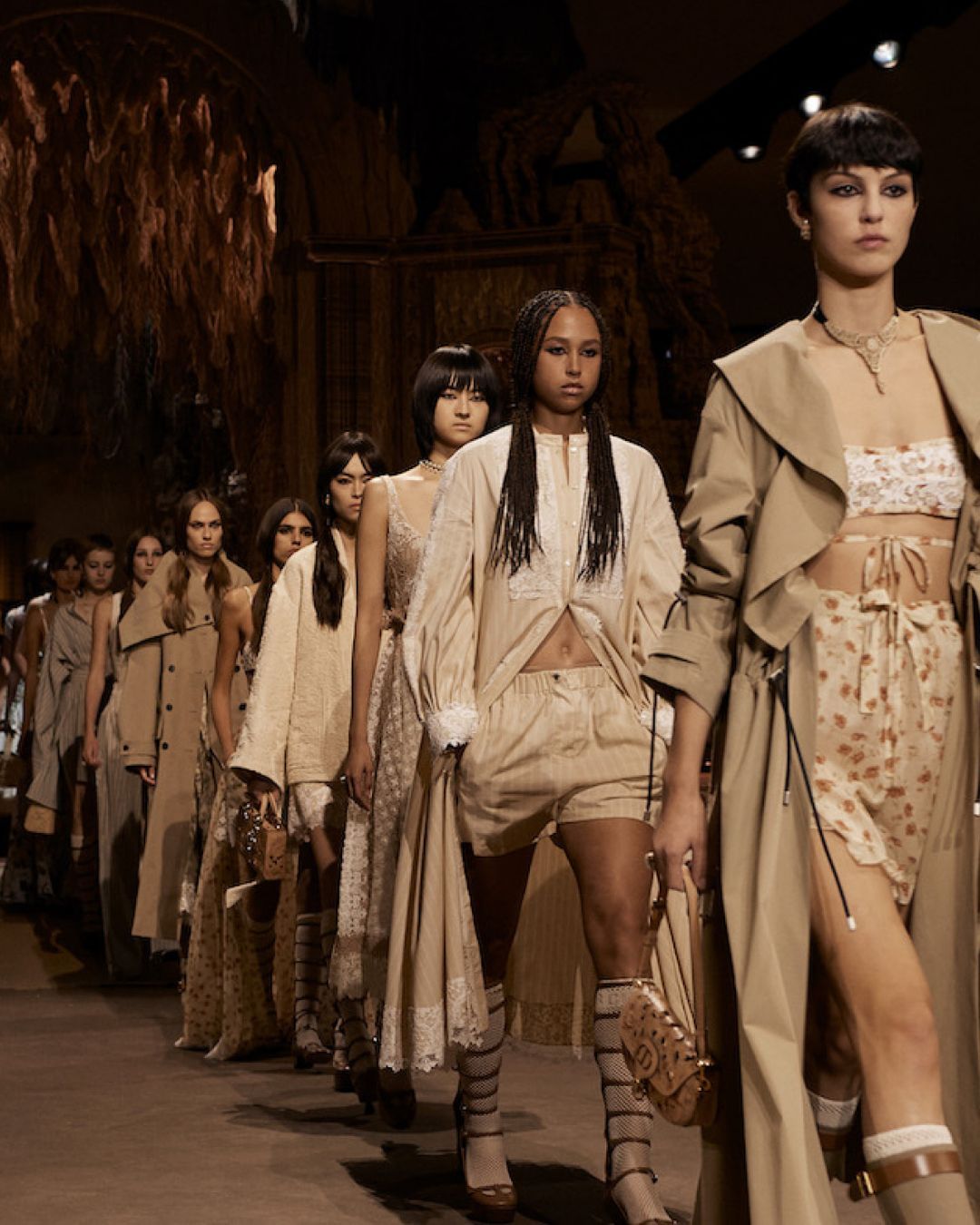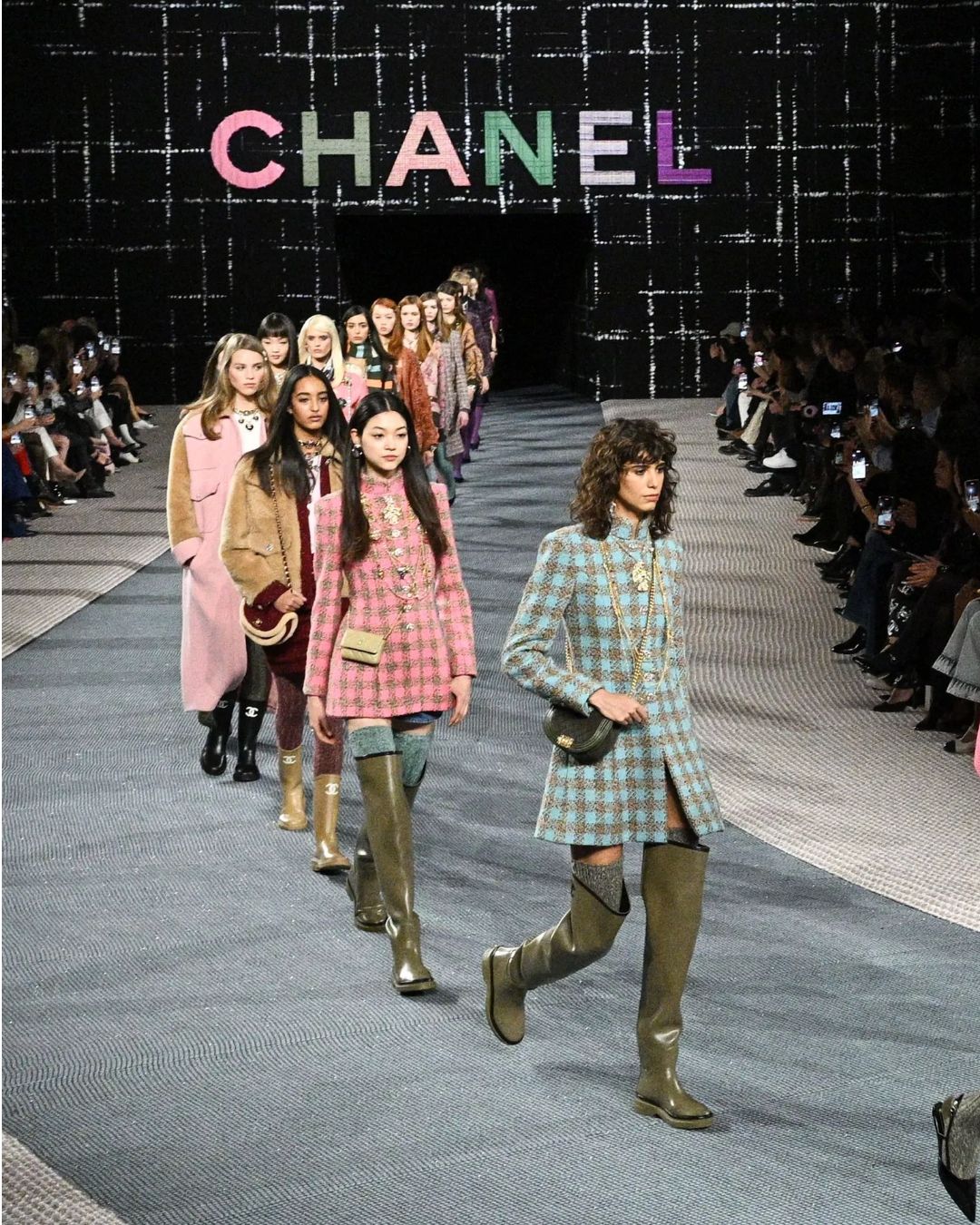
Inside Thailand's luxury boom New celebrities, new money, new shops
Recently, BoF reported on the unveiling of One Bangkok, a $3.2 billion luxury commercial complex located in the diplomatic district of the capital, describing it as one of the most evident signs of the robust health of the luxury market in Thailand, which may be poised for unprecedented growth. Not only does this new mega-commercial complex represent one of the largest real estate developments in the country, but when it fully opens in 2026, it will include three shopping malls, five office skyscrapers, five hotels, and three residential towers. It is forecasted to reinforce Thailand's position as a hub for luxury consumption in Southeast Asia. The shopping mall has partially opened with the inauguration of its first retail section through a spectacular opening attended by over 10,000 guests, including Thai superstar and Balenciaga ambassador, Krit Amnuaydechkorn. The public-facing area, called The Parade, features 20 storefronts dedicated to premium and top-tier luxury brands, already attracting multi-brand retailer Club 21, which includes JW Anderson, Jacquemus, Moncler, and Comme des Garçons. Other openings include flagship stores from Thai designers Jim Thompson and Ravipa, as well as mass-market brands and a Swatch store. The leasing team at One Bangkok has stated that over 80% of the project’s spaces are already leased, indirectly signaling a high demand in the mid-to-high-end luxury market in the country. However, the opening of this retail cathedral is only the highlight of a resurgence that Thailand’s fashion scene has experienced in recent years.
@iampaullee Tour of the latest development in Bangkok: One Bangkok! #onebangkok #bangkok original sound - Paul Lee
The signs were evident: according to Launchmetrics, at the last Paris Fashion Week, Thai and Filipino celebrities surpassed the average media impact of K-pop stars. Western attention toward the country may soon peak with the third season of *The White Lotus*, set entirely in Thailand and featuring superstar Lisa, already a brand ambassador for Louis Vuitton and Bulgari. But it’s not just a cultural phenomenon. Currently, Thailand’s luxury goods market, valued at $2.4 billion in 2023, is expected to grow at a compound annual growth rate of 9%, reaching an estimated $3.6 billion by 2029. This development is fueled both by international tourists, whose overwhelming presence has caused some discontent among residents, and by a thriving domestic market with a rapidly growing wealthy population. The number of ultra-high-net-worth individuals with assets exceeding $30 million is projected to increase by 14.7% by 2028, according to Knight Frank. Furthermore, BoF notes that the country is currently the third-largest hub for high-net-worth individuals in Southeast Asia, trailing only Singapore and Indonesia. While Thailand has long been an international tourist destination, supporting a robust retail market, the post-pandemic boom in e-commerce platforms has further inflated luxury demand. As BoF indicates, Southeast Asian sales have grown by 35% year-on-year, with Thailand leading with a 22% increase, driven in part by wealthy tourists from China, South Korea, and Japan.
This surge in demand has put the retail world into a state of frenzy. Thailand already boasts numerous luxury shopping malls, which in Asia are generally the preferred shopping destinations for high spenders. Existing luxury malls are intensifying efforts to compete with today’s ambitious projects, like the monumental One Bangkok. Malls such as Siam Paragon, IconSiam, Gaysorn, and Central Embassy are aggressively expanding their luxury offerings. The Mall Group inaugurated a $403 million commercial district last year; Siam Paragon, one of the most famous malls, will see the opening of flagship stores for Dolce & Gabbana, Gucci, and Casablanca—the brand's first store in Thailand—and has added 20 new luxury boutiques this year, including Chaumet and Ami Paris. Last year alone, Siam Paragon and IconSiam opened 35 luxury boutiques, including Thailand’s first Loro Piana store, along with Louis Vuitton and Fendi boutiques. Meanwhile, Louis Vuitton launched LV The Place Bangkok in the Gaysorn Amarin mall, featuring the region’s first Louis Vuitton restaurant, created in collaboration with renowned chef Gaggan Anand. Investments are not limited to Bangkok but extend to key tourist areas. Thailand aims to attract 40 million foreign tourists in 2024, surpassing pre-pandemic levels and generating $101 billion in tourism revenue. Phuket is witnessing significant retail investments, with Central Phuket planning to double its luxury retail space by the end of 2023, with further expansions scheduled through 2026. Siam Piwat Simon is also opening a premium outlet, and BoF reports that Prada is likely to open its first boutique outside Bangkok in the region. In Krabi, another hot destination, the Central Krabi Complex, a $129 million mall, will include retail, residential, and hotel spaces.
Has the country discovered the secret formula to drive spending? For example, Italy is also a popular tourist destination for visitors from across Asia, who spend vast sums on luxury goods. However, the sense is that Asia’s culture of luxury malls, less prevalent in Italy where fashion boutiques are typically located in historic centers, might act as “accelerators” for spending that now extends beyond fashion to encompass a true lifestyle. It is clear that the future of Thai luxury consumption is tied to the country’s economy, but the growing number of local millionaires combined with the constant flow of international tourists drawn to its resorts and beaches (let’s not forget that Thailand is perhaps among the most Instagrammed places in tourism posts by influencers and private users alike, essentially enjoying self-sustaining advertising) may create a perfect storm for luxury brands. Nonetheless, can the country fill the void left by China?















































